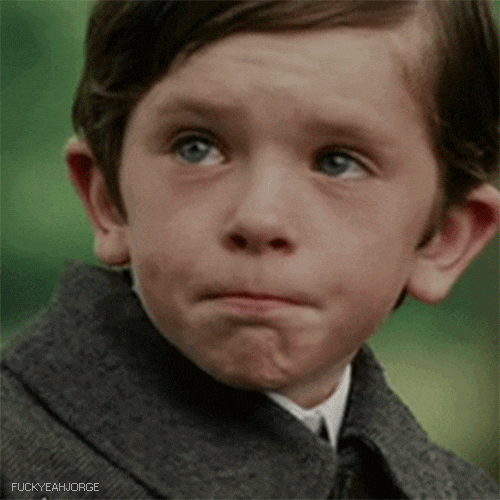I’m getting emotional… 😢😉

For the last couple of weeks, we have been working in task 10, which consisted of creating a set of 3 activities, similar to the ones for Un Día en el Cole de Mi Maestro, using robots🤖, stop motion🎥 and augmented reality 📱.
This task has been sincerely one of the ones we liked the most, since creating activities for our students will be essential in the future. I must admit that it also took a lot of hard work: planning all the activities, completing them so that they were close to perfect, preparing the demos, presentations of the whole project… But it was totally worth it.
We worked on mini-groups, as suggested by our facilitator Álvaro, and I think it was a great idea, because that way, each group could focus better on each activity. But, at the same time, we shared our progress with each other and tried to give the project a global and common character.
I was, along with Patricia and David, in the group of robots. At first, we discussed several ideas involving an app similar to programming, but at the end we decided to go with Codey Rocky. We wanted to give it a different approach to the one used in UDCMM, and then it came to my mind: why not make Codey Rocky sing a song from the movie “Aladdin”, in which our project is based?
Moreover, it was perfect to relate my two studies: music (I am a pianist) 🎶 and Primary Education 🏫👩🏫. We even related the activity with Maths, which I think was a great success, since not many activities try to portray Maths in an amusing way.
As for my task as translator to select 5 core terms, here they are:
- QR code: it is a kind of code in an image format, that can be easily scanned by anyone with a phone. Its main purpose is to make content more accessible, in circumstances in which using an URL, for example, is not the easiest option. The QR codes we created were mainly thought for the tools used in the activities, but we found them so useful that we used them for some of the demos as well.
- Instructions for students: they are the set of oral or written orders given to the students by the teacher relating to an activity or task. For this project, we wrote both what oral instructions would be like and instructions in form of a worksheet. Both oral and written instructions are useful, but the most convenient option would be explaining the instructions orally and including them in a written format as well, so that the kids can remember what they have to do in case they missed out on something.
- Demo of the artifacts: there was a bit of confussion at first about this term. It is basically the creation of a physical object the students themselves would create through one of our activities, or the demonstration of a process they would carry out. The purpose of demos is basically to show what we expect our students to do and confirm that it is possible to create (if we don’t know how to create that something, how are we supposed to expect them to do the same?). Some examples of demos of the artifacts in our project were: a video playing the recorder, coding screenshot, video of Codey Rocky singing a song (robots activity); a demonstration video using augmented reality; a demonstration video creating the gems the kids will create (stop motion activity).
Video playing the recorder: https://youtu.be/LMp6pjVnbTI
Codey Rocky singing: https://youtu.be/6pnjIHQbwiE
Augmented reality demo: https://www.youtube.com/watch?v=LZuJq_YUwU8
- Process diagram: it is a representation of the steps or stages that are part of a larger process or procedure. It usually includes schematic symbols, arrows and images that make the process comprehensible with just one look. We could say it serves as a way of summarizing information about a process in a visual way.
- Aumentaty Scope: it is an app available both for computers and smartphones, which allows us to visualize previously created projects of augmented reality when scanning a picture in real life.
For the last part, I have to create a specific question ❓ about the weaknesses of the topic of this week. This is the question I decided to create: What are the weak points of using these technologies (robots, stop motion and augmented reality) in a class environment?
The first weak point is the lack of resources (especially technological) that is present in a lot of schools. The activites with these technologies can be splendidly planned, but that doesn’t mean they could be carried out in every class of every school, since the environment plays a huge role in education. Codey Rocky, for example, costs quite a lot of money, and even if the school could afford it, it would be interesting that this tool would be used for more than just one activity.
Another weak point (or at least, complicated part) is the planification of time for the activities. You don’t know how the kids will react to the technologies, if they will find it too difficult to use and then more time than expected will need to be used.
But, to be fair, the application of these technologies in a class environment can have marvelous effects as well: motivating the children, getting them out of the routine, helping them develop technological skills at the same time they develop other academical skills… Definitively, an option worth to consider to put into practice in the class. 👦🏻👧🏾
And being this (probably) my last post on this blog, I would like to end it with a message of hope for everyone: we will get through this situation. Be responsible and appreciate all you have.
And by the way, good luck with your exams! 😉


No hay comentarios:
Publicar un comentario